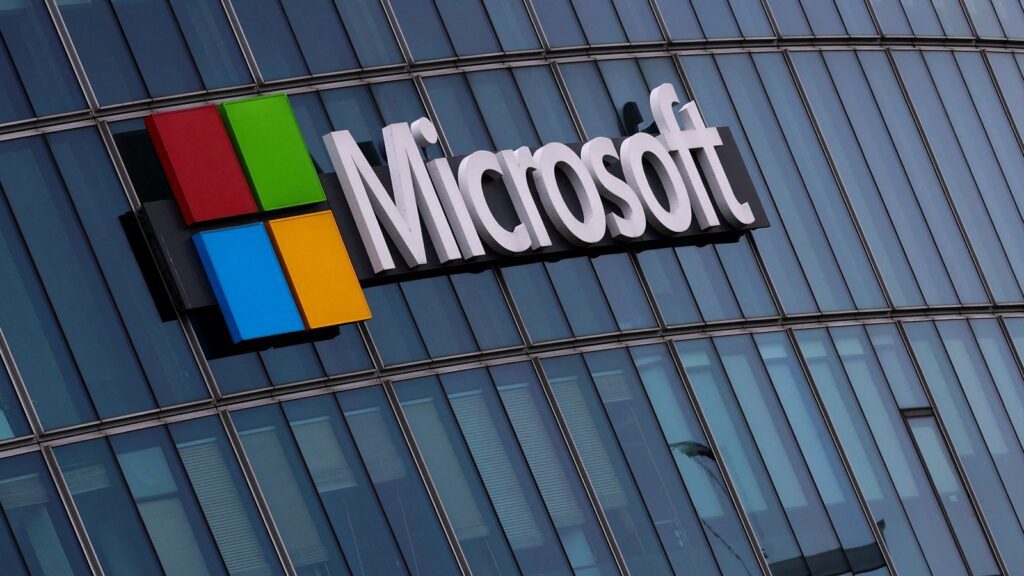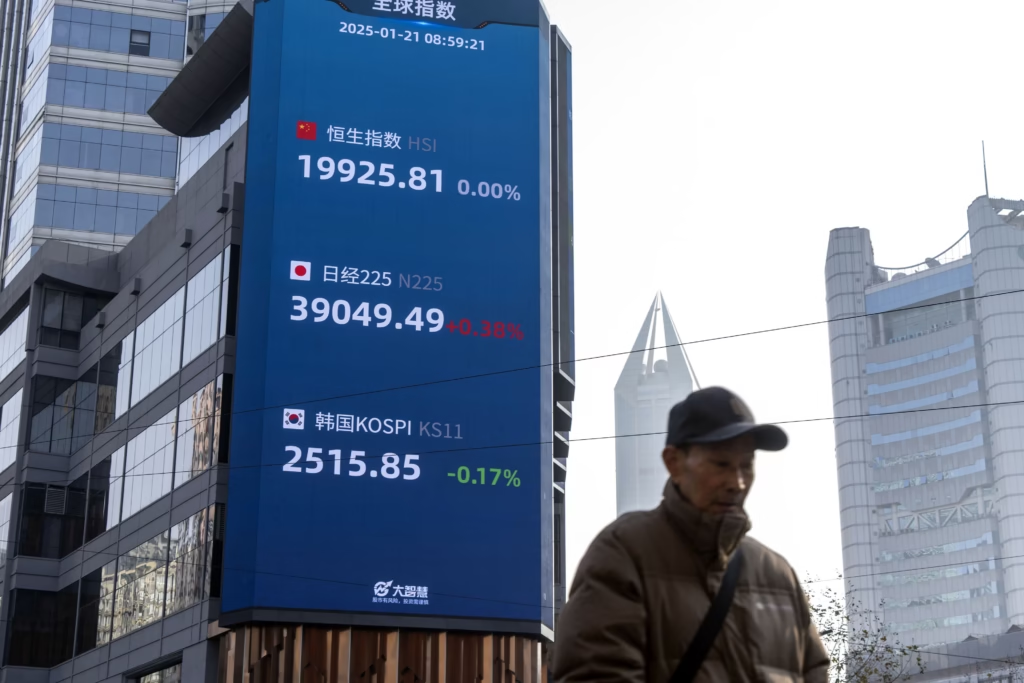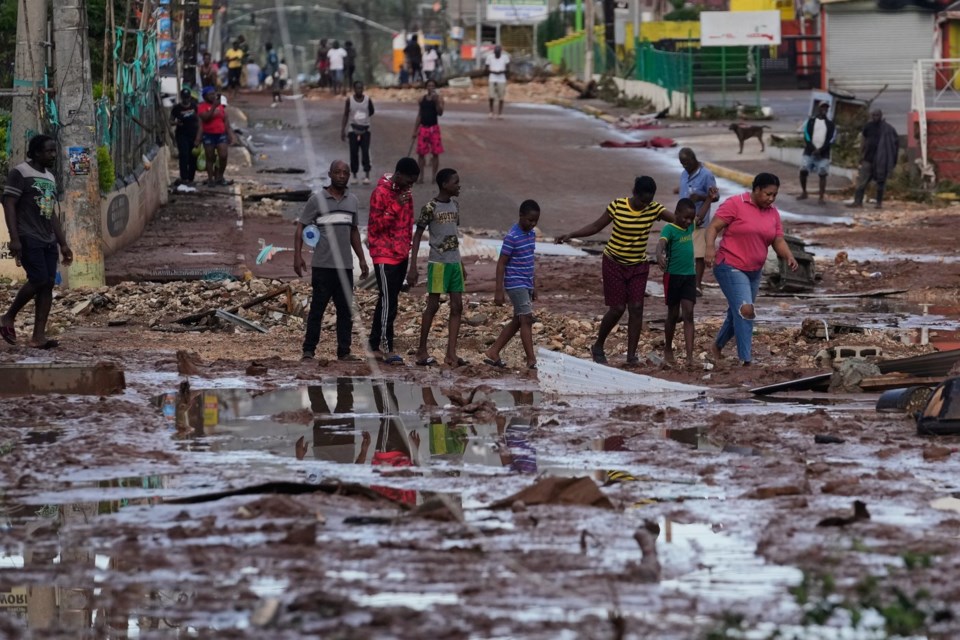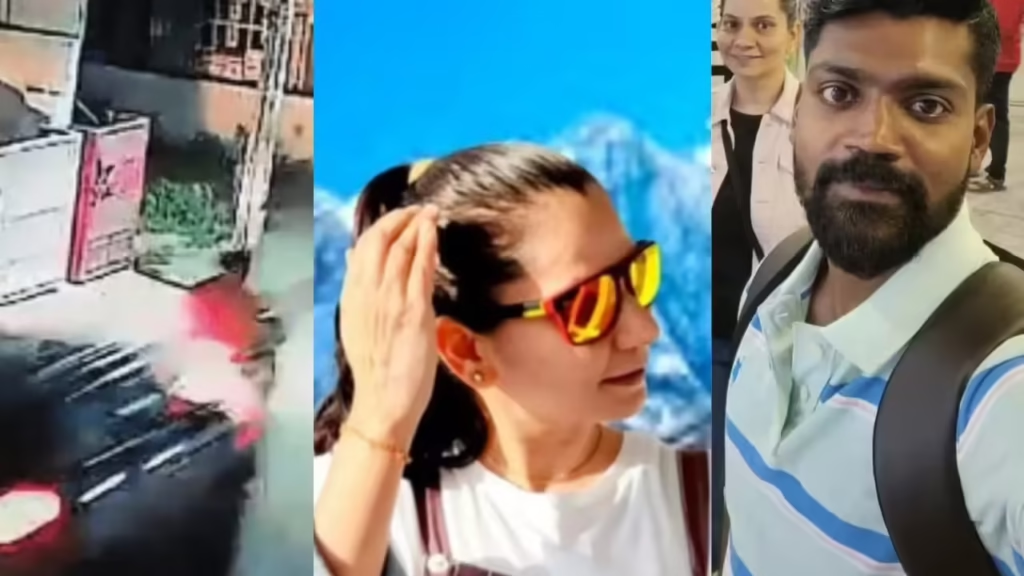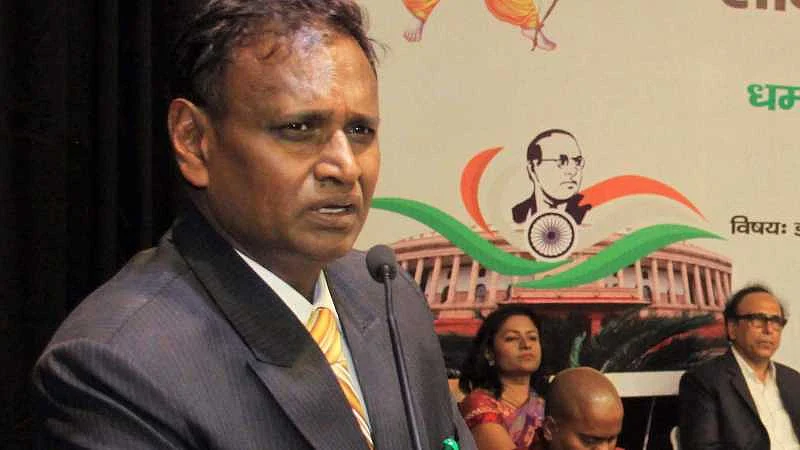Now Reading: How Social Media Became Lifeline for Nepalis in Kolkata During Nepal Unrest
-
01
How Social Media Became Lifeline for Nepalis in Kolkata During Nepal Unrest
How Social Media Became Lifeline for Nepalis in Kolkata During Nepal Unrest
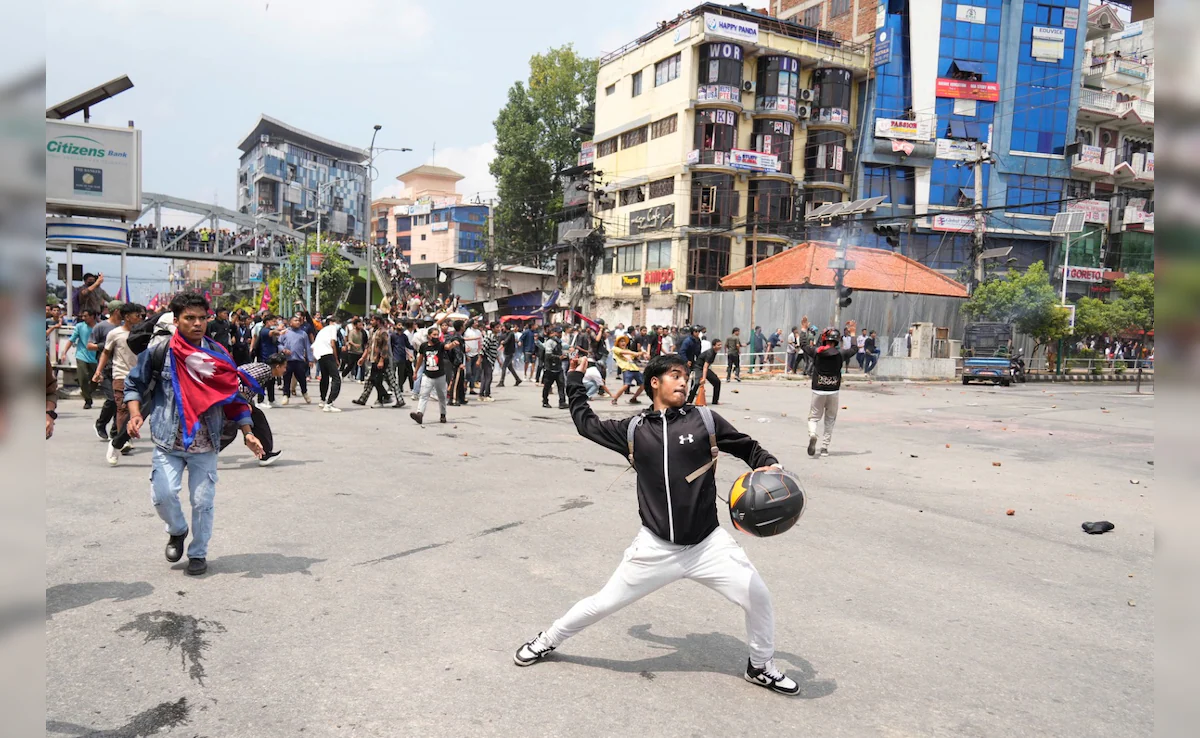
When streets in Nepal erupted in protests and the government imposed social media bans, Nepalis studying or living in Kolkata were cut off from family, news, support. Suddenly, what many take for granted—WhatsApp, Messenger—became essential lifelines. In Tier-2 cities, and even in metros, this moment reveals how much we depend on digital tools not just for comfort, but for safety, solidarity, connection.
What Happened Back Home
In recent days Nepal saw large public protests demanding better governance, more jobs, less corruption. In reaction, authorities imposed restrictions on social media platforms. This disrupted communication between Nepalis in and outside Nepal. Messaging apps, video calls, even simple status updates were curtailed.
Kolkata’s Nepali Community Reacts
Students, academics, families here were among the most affected. Messages delayed, calls dropped, worry grew. Many couldn’t reach those in villages, couldn’t verify who was safe, who had access to basic needs. Relief came when restrictions eased — even partial access meant heavy relief for those who had spent restless nights wondering.
The Role of Social Media as a Bridge
After the ban lifted, social media didn’t just restore contact. It became a tool for information sharing: where protests are, which roads are blocked, what relief centres exist, which hospitals are overwhelmed. It also allowed people to share emotional support—letting those far away feel less alone.
Challenges Faced by Smaller Cities and Towns
Digital connectivity remains uneven. In many Tier-2 towns, reliance on mobile internet or spotty WiFi means an outage or ban hits much harder. Not everyone has backup ways to connect—no landline, no secondary number, sometimes not even a volatile supply of power. When platforms are blocked, local networks or community centres may become the only links.
What This Means Going Forward
For the Nepali diaspora and similar communities, this episode underscores the need for resilient communication channels. Offline alternatives, community networks, support groups all matter more than we often think. It also raises questions for governments: how to handle protests without cutting off basic communication, how to balance security with the right to stay informed and stay in touch.
Conclusion
What began as protest and disruption in Nepal showed how vulnerable modern communication is—and how vital it has become. For people separated by borders, social media acts not just as a tool but as a lifeline. In Kolkata, in Tier-2 cities across India, when platforms go dark, anxiety spreads. When they return, relief follows. This moment reminds us: connection is not luxury, it’s necessity.






